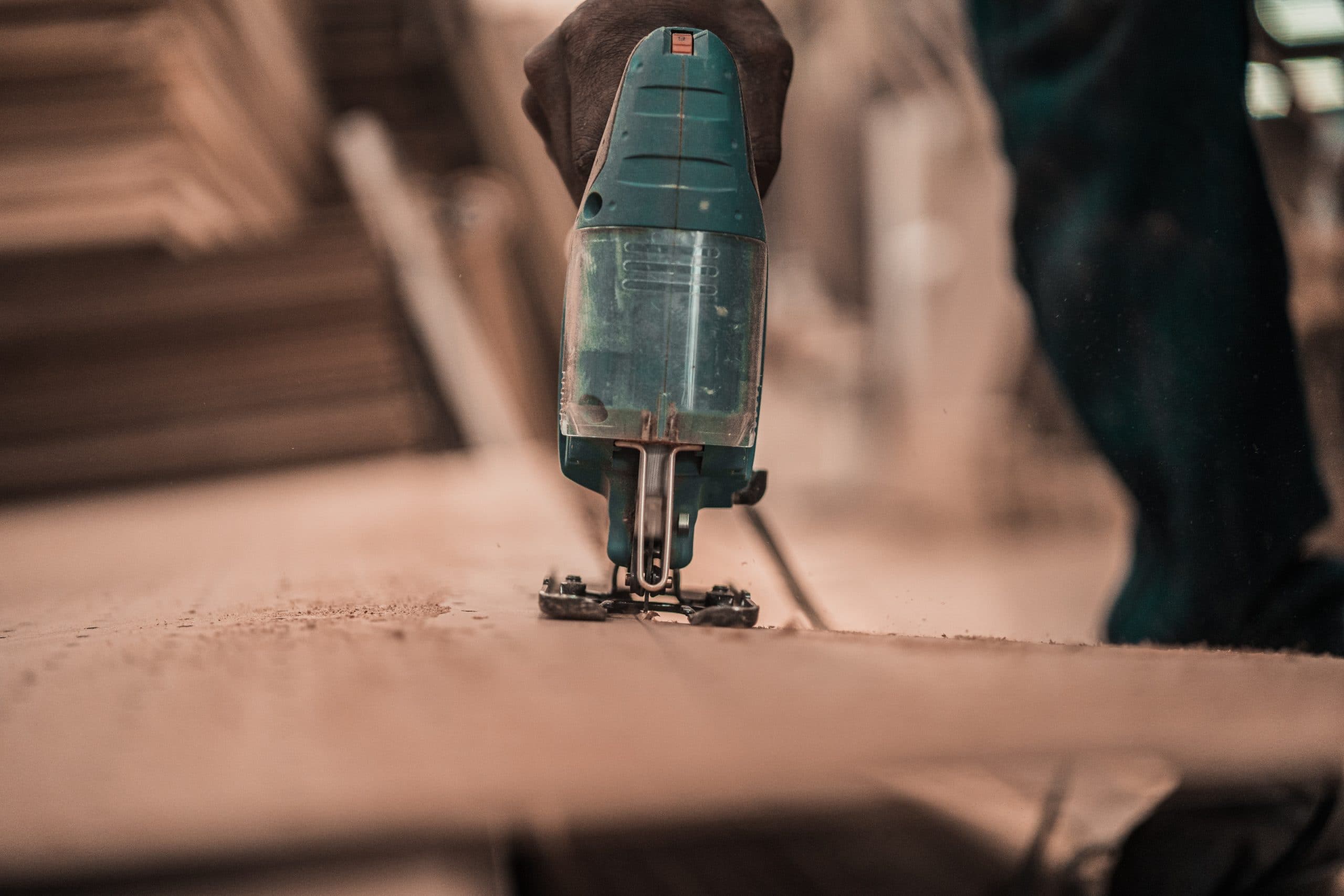The project aimed at increasing productivity and reducing indirect costs. Areas of improvement were identified and changes were made which lead a 40% increase in productivity and 30% decrease in overhead cost.
Background
The parent group employs more than 13,000 people across Europe, of whom around 800 are in Poland where it is a leading supplier of heavy engineered products to the construction industry. Despite this very strong market presence in Poland, there were concerns that the levels of productivity were sub-optimal and that the non-productive overhead structure was inappropriately large.
The group’s largest factory in Poland, with around 600 employees, was chosen for the project because it encompasses both of the two key manufacturing processes as well as a substantial back-office support organisation.
The plant comprises two completely separate manufacturing units, one long established, the other brand new together with a small, secondary processing unit and extensive office accommodation.
Implementation
A pre-study was carried out across all areas of the factory site to determine areas of opportunity and estimate the potential that could be realised through a Mantec programme. It was agreed, based on the pre-study output, to engage in a productivity programme that would cover both of the factories and all support and administration areas and would include a restructuring of the organisation.
Before the programme, responsibilities overlapped and managers at all levels were generally very passive. Reorganisation was the key element in developing an integrated, dynamic management team with clear roles and responsibilities, and it was this group, working with Mantec, that drove the changes throughout the plant.
In the older factory, which is process line based, there was a three-way approach to increasing productivity:
- streamlining of the production crew on each shift
- instituting fewer changeovers
- instituting faster changeovers
The perfect production cycle, which was developed with the sales department, substantially reduced the number of changeovers and, therefore, lost production time by fixing a monthly cycle of production.
In the newer factory, where the work could broadly be described as batch-based manual work, a complete and integrated management control system was developed and installed in conjunction with the plant manager and his team.
To support the two factories, an entirely new system was developed for maintenance in conjunction with the (newly appointed) manager. This resulted in a 38% improvement in productivity whilst at the same time external sub-contractor costs were reduced substantially.
Finally, the support and administration functions were streamlined and consolidated: many employees who had previously been in the office building moved out so they were closer to the factory floor and thereby became more integrated with the business.
Results
As a result of the programme, productivity in both factories increased by 40%. In addition, overall overheads were reduced by 30% in labour cost terms.
At the end of the programme, a day-long presentation including factory tours in small groups led by managers was made by the management team to the divisional Chief Executive, the Chief Operating Officer and many plant managers from around Europe. For the board members present, it was the proof they needed that, important though the financial benefits were (with a return on investment of 470%), their most fundamental goal had been reached; the plant now had managers who were active, dynamic, focused on performance and worked together as a real team.


